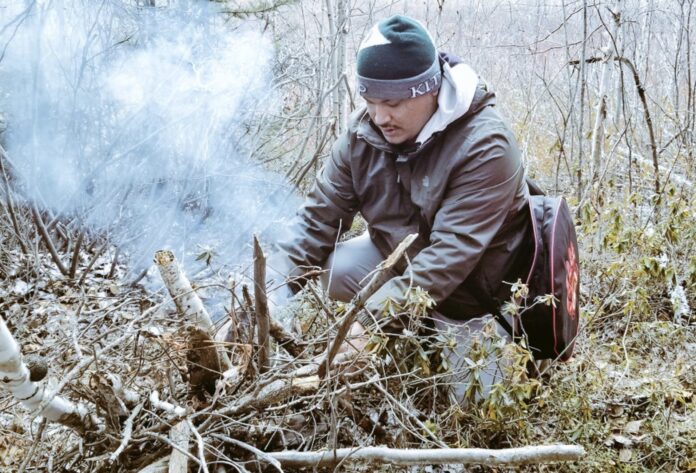
The Lac La Ronge Indian Band (LLRIB) Chief and Council announced its opposition to proposed peat moss harvesting on its traditional territory Tuesday after traditional land users in the area wrote in with concerns that the project would impact their way of life.
Quebec-based company Lambert Peat Moss Inc. raised the ire of some La Ronge area residents when it went public with a proposal to extract peat moss from four locations near the Lac La Ronge provincial park.
Peat bogs, or muskeg, are important to traditional ways of life and land-based food sources for the Woodland Cree. Chief and Council rejected the proposal upon review by their Traditional Lands and Resources Advisory Committee.
“Lambert’s proposed site clearing would include the removal of all trees, brush, stumps, or other obstacles laying within the development areas,” Chief Tammy Cook-Searson and her council said in a written statement.
“Prior to harvesting, the development areas need to be drained. The Drainage of the harvesting area is completed over a number of years. The drainage of wetlands will have a harmful impact to fish and wildlife habitat including Woodland Caribou.”
One of the parcels of land intended for development is near Potato Lake, which is abundant in wild rice and is also used for recreation, fishing, trapping and the gathering of ingredients for medicines used by traditional healers.
Project team lead Michael Taylor said in a written statement that Lambert hopes the First Nation will change its mind upon further consultation. He said new studies could address community concerns, allowing the project to move forward.
“Without the opportunity to conduct meaningful and thorough engagement, and share the information from these studies, the full picture of potential effects and the opportunity to address those effects through agreeable mitigation strategies or design alternatives has not been conveyed,” Taylor said.
“Lambert believes that, given the opportunity to continue discussions with the LLRIB, concerns can be addressed in a manner that benefits all parties.”
When the consultation process began, Lambert sent a letter to area residents that said the project would last 80-100 years and be done in sections.
“It is important to note that an entire area is not all harvested at once. Rather, small areas are harvested and then reclaimed as the next area would be harvested,” the letter said.
“Lambert has developed procedures that increase peat productivity, while reducing the potential effects on the environment… Lambert will implement a progressive restoration process that will aim at restoring peat fields soon after they are no longer needed for the project.”
The company promised to implement a restoration plan that would “aim to re-establish vegetation cover and restore the movement and distribution of water” that Lambert said would lead to the return of peatland to its natural state.
But residents who use the muskeg on a regular basis say they can’t wait that long. Nor do they believe that Lambert will be able to fully restore the area once it is mined. More than 20,000 people have signed an online petition against the project.
Eleanor Hegland, an educator at the Lac La Ronge Indian Band’s Bell’s Point Elementary School, said the loss of muskeg caused by peat moss mining would disturb the ecological balance of the region and rob her descendants of their ability to live off the land.
She said she was ripped away from her home in the bush as a child and taken to residential school. Mining in the muskeg would be a repeat of the same colonialism that took her away from her land and put her in residential school as a child, she said.
“For us, we need this to survive. We still have lots of medicine in the muskeg that we use to keep us healthy,” Hegland said.
Reconnecting with her traditional way of life through the muskeg helped Hegland heal from her experience in residential school. She wants youth to maintain their connection to the same land that she was so violently taken away from.
“It’s so important that the youth learn this and we want our future generations to have the same inherent right that we had to the heritage of the beautiful land, clean water, muskegs and the birds and the animals so that they’ll be able to sustain themselves,” Hegland said.
The LLRIB committee found that proposed roads and potential harvest locations would interfere with the traditional uses of land resources such as the gathering of food and plants used for medicinal purposes.
Lambert’s project would also impact ceremonial and spiritual events and gatherings, infringing on inherent and treaty rights, they said.
Chief and Council said they will protect the traditional lands and activities of members “in keeping with the values of our ancestors and our history as Treaty peoples, for the benefit of the present and future generations of the Woodland Cree.”

